Articles
Knowledge Center
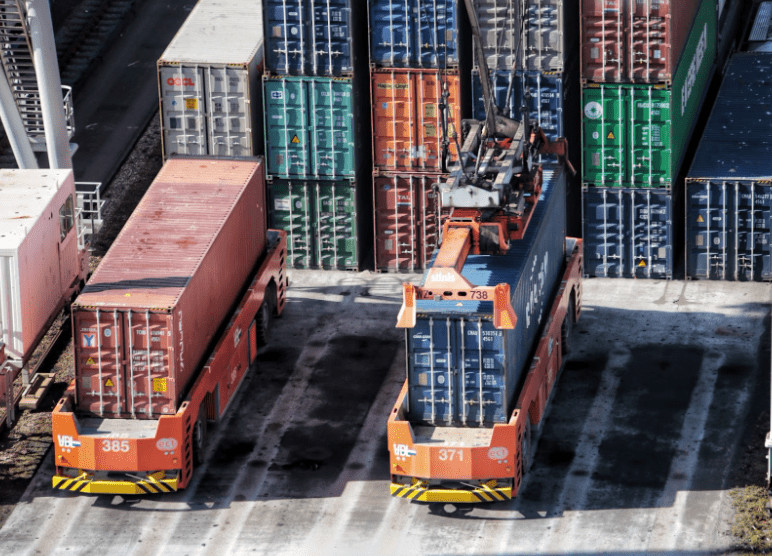
Drayage: Meaning, Importance, and Types
Large container ships move cargo from port to port across the continent. Trucks and railways move cargo within countries. Consider, however, the smaller, more intricate steps that allow freight to move between transportation modes. These smaller national movements are collectively called drayage and are crucial to shipping logistics. What Is Drayage? Drayage is a form […]
Read More
Cross Docking: Definition, History, and Process
Cross docking is a shipping method that transfers goods from one transportation mode to another to get them directly from the source to their destination. Cross docking is widely used in freight transportation because it helps reduce costs and storage space, among other benefits. This article covers cross docking definitions, history, types, methods, advantages, disadvantages, […]
Read More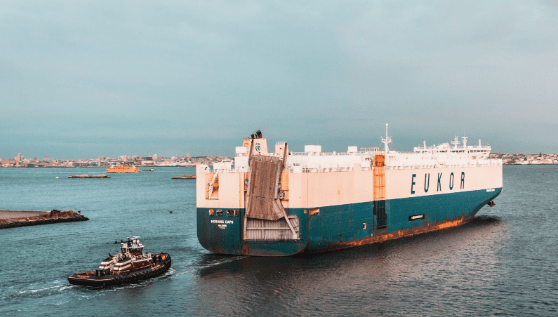
TEU: Definition, History, and Vessel Sizes
TEU, or a twenty foot equivalent unit, is the standard measure of container capacity on a ship. In other words, it tells you how many 20-foot-long containers can fit on particular container ships. TEU is important because it allows for easy comparison of vessel sizes. For example, if one container ship has a capacity of […]
Read More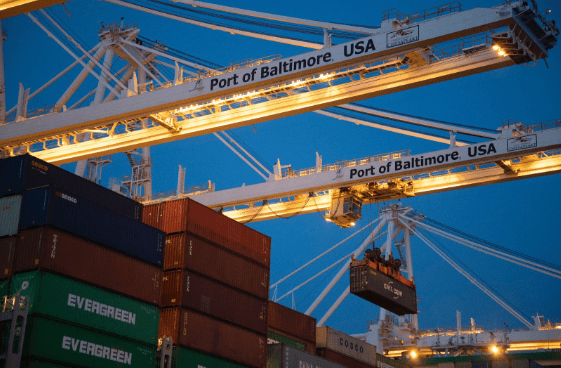
Freight Forwarding: Meaning, Stages, and Pros and Cons
Supply chain management is an integral part of any company’s efficiency. Transporting goods from one place to another can be time-consuming and expensive. The process can be complex and challenging, but if you approach it correctly, it will go smoothly and leave lasting effects on your overall business. Many companies employ third-party logistics services to […]
Read More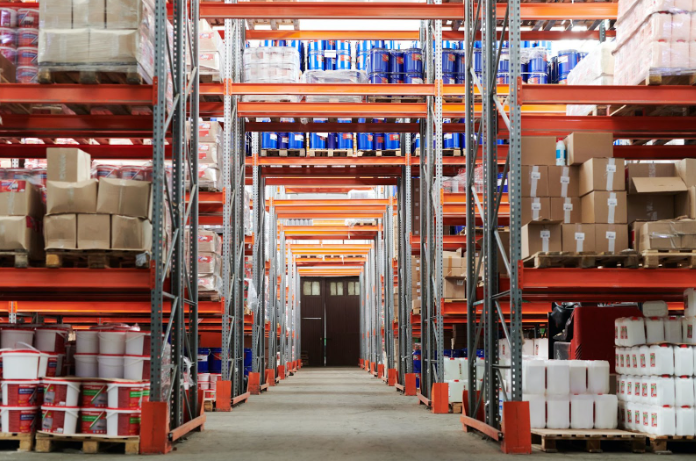
Retail Warehousing: Definition, Types, and Benefits
Retail warehousing is an essential part of the supply chain, especially as businesses across the United States face a significant decline in storage capacities, according to the Wall Street Journal. E-commerce ventures are also on the rise, and these online retail shops need space to store, package, and brand their inventory to get it ready […]
Read More
Export Compliance: Definition, Controls, Penalties
Export compliance regulations are the rules, guidelines, and procedures that control how goods, services, and technology move across international borders. United States export controls are primarily governed and enforced by the Bureau of Industry and Security (BIS), the Directorate of Defense Trade Controls (DDTC), and the United States Treasury Department’s Office of Foreign Assets Control […]
Read More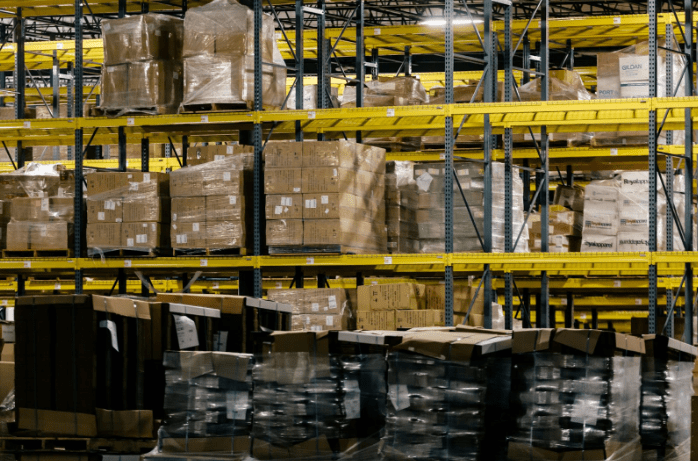
Intermodal vs. Transloading: Definitions and Process
Intermodal and transloading are two methods of shipping products. They are similar, but understanding the difference between intermodal vs. transloading can help you choose the shipping method that works best for you logistically and financially. The key differences between transloading vs. intermodal transportation are the methods of moving products. Intermodal is self-contained, while transloading physically […]
Read More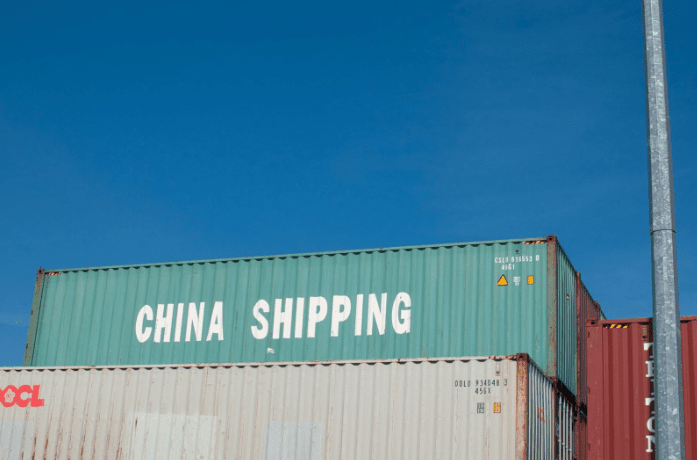
Devanning: Definition, Process, and Benefits
Devanning is a process of warehouse and logistics management that uses digital technology to systematically unload loose items and shipping containers from a vehicle’s load space. Container devanning involves loading and unloading cargo using a sealed container and heavy-duty equipment like counterbalance forklifts to manage the entire operation. When goods devan at the destination, companies […]
Read More
Reverse Logistics: All You Need to Know About What It Is
If you’re a retailer or e-commerce seller, you need to know about reverse logistics, also known as reverse logistics flow. Reverse logistics is a supply chain management system used to manage the return of products that were originally sent out with an order. Here’s what reverse logistics is, why it is essential, pros and cons, […]
Read More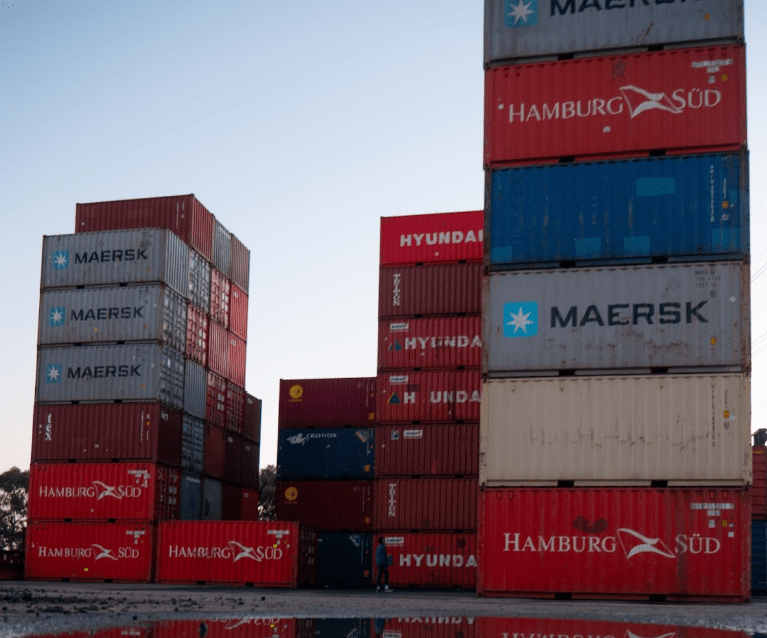
Intermodal vs. Multimodal: Definition and Advantages
Shippers save money and time by choosing multimodal and intermodal transportation. While both methods use many transportation modes, they differ in who is responsible for your shipment. Even though it might be easier to work with just one shipping company, it is often more cost-effective to leverage the knowledge and services of more than one. […]
Read More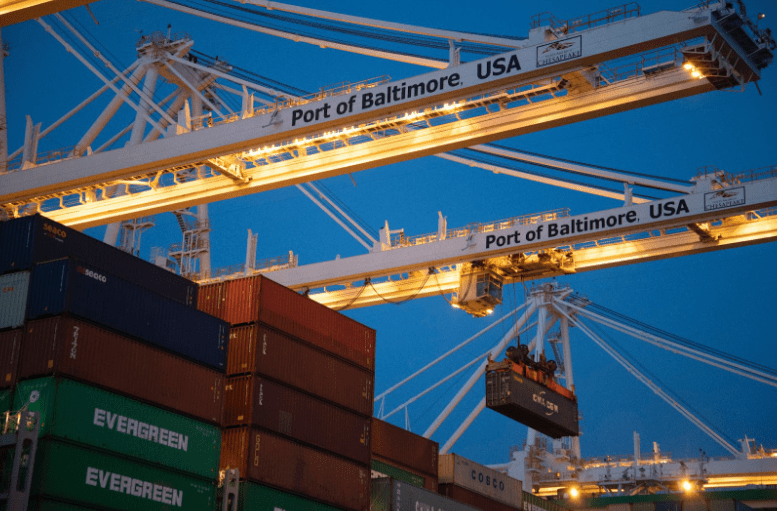
Freight Brokers Definition: What They Are and What They Do
If you are a shipper, you know how crucial it is to ensure that your precious cargo moves safely between cities and countries worldwide. There is nothing as stressful as watching your goods get stuck at customs because you don’t have the proper paperwork, or worse, never making it to their destination due to bad […]
Read More
Full Kitting: Process, Benefits, and Types
Kitting is a beneficial process that brings together individual components for assembly. It’s an essential step in the manufacturing process where every component is gathered for assembly, saving time and money. Kitting processes take place before the assembly line, gathering the components that are used to make the complete product. However, kitting can mean different […]
Read More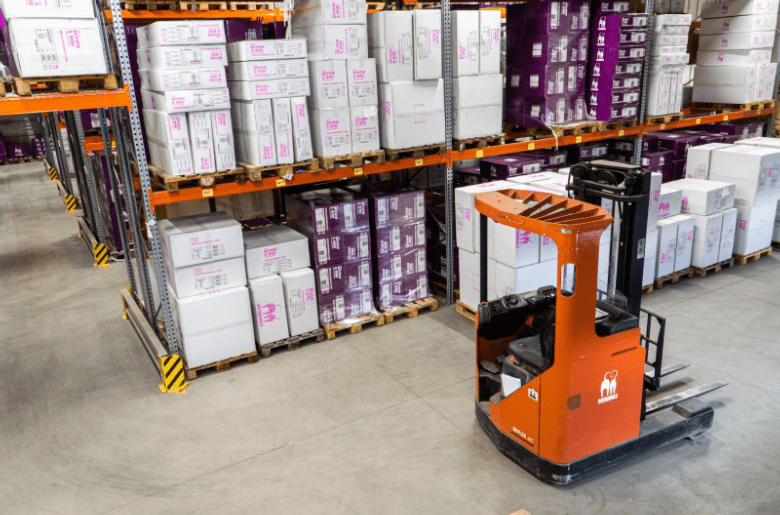
Consignment Inventory: Definition, Advantages, and Disadvantages
Talk to any retailer and they will tell you without a doubt that there is a certain amount of risk that results from purchasing traditional inventory. This is because when retailers stock their products, they usually hope that they will sell enough to get a profit before their stock expires. However, this will not always […]
Read More
What is a Certificate of Compliance? Meaning, Requirements, Examples
A certificate of compliance is a document that certifies that a product or system meets the requirements of a safety regulation or standard. It is typically used in shipping and logistics to ensure that products are safe for transport and meet the destination country’s requirements. Certificate of compliance examples in logistics include documents such as […]
Read More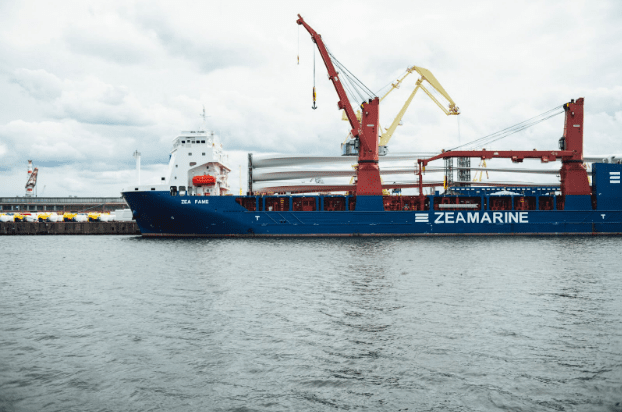
What Is Intermodal Transportation? History, Benefits, Examples
Intermodal transportation is not as mysterious or complicated as the name would have it sound. It means transporting one set of goods in a steel container using two or more modes of transportation, such as rail and truck.
Read More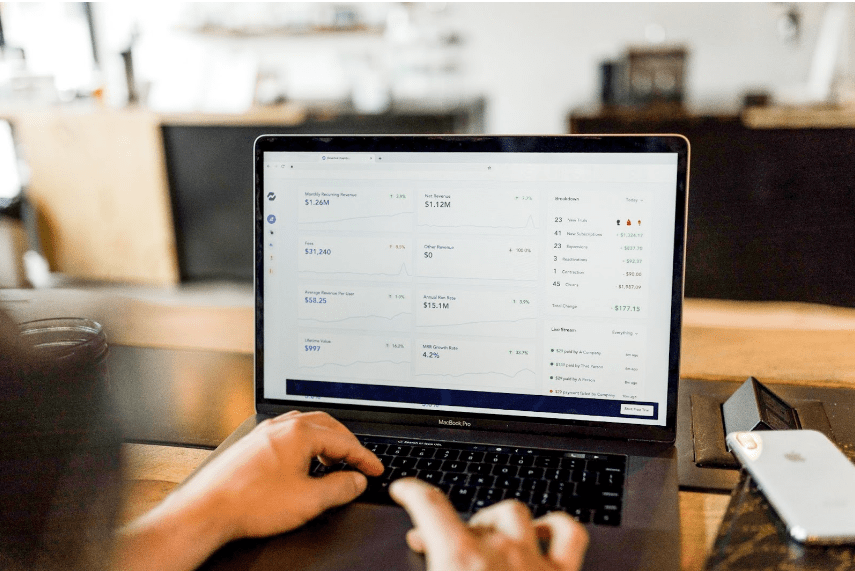
Blanket Purchase Order: Definition, Benefits, and When to Use
A Blanket Purchase Order is a legally binding agreement between you, a buyer, and a supplier who has come to a long-term deal to deliver goods or services for a specified period. But what does that actually mean? What are the benefits of using this kind of agreement? And when is a good time to […]
Read More
Materials Management: Definition, Process, Benefits
Materials management is an aspect of supply chain management and planning. The primary purpose of materials management is to ensure that manufacturers have all the raw materials they need to make goods. Materials management also focuses on ensuring that no components are wasted and optimizing inventory maintenance and management. While materials management requires understanding what […]
Read More